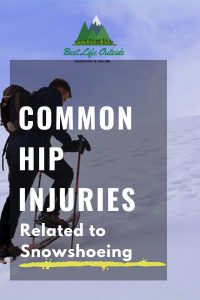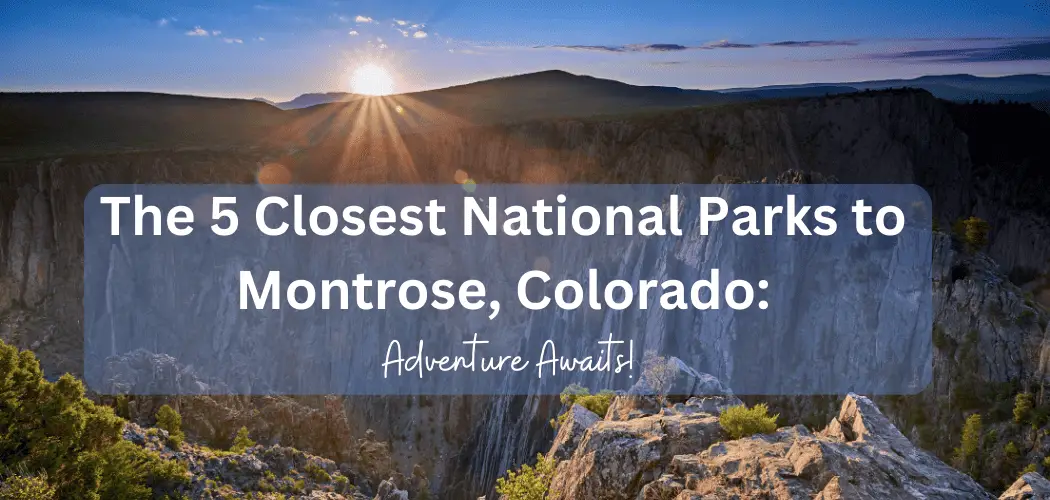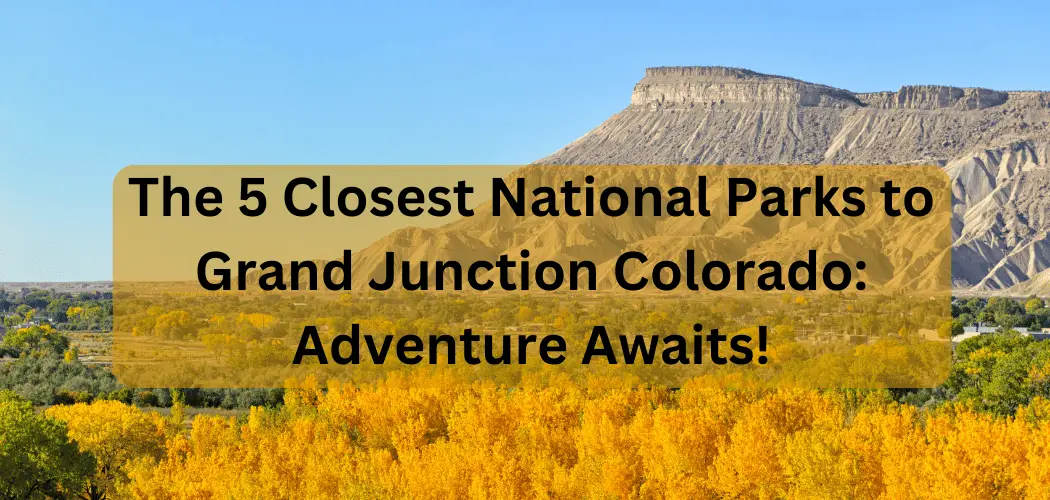Experienced snow-shoers know: trekking through the powder is a hip burner! It’s not uncommon to experience pain in the hips, especially when you first start with snowshoeing. This guide will give you all you need to know about how to stay hip-smart for your winter fitness season.
Is Snowshoeing Bad For Your Hips?
Contrary to some popular myths out there, snowshoeing is not bad for your hips! Quite the opposite, actually. Snowshoeing can improve the strength of your hips! The key is to approach the activity with intention. Don’t overdo it and treat any injuries before they worsen.
Common Hip Injuries with Snowshoeing

Though snowshoeing is an excellent exercise for your hips, soreness or injury is not uncommon. Though they are avoidable and easily treated.
Hip Flexor Tendonitis
This condition is an inflammatory response of the hip flexor tendon and the result of repetitive hip flexion. Typically, this injury occurs from overuse by the volume of exercise or from weakness in stabilizing muscles that support the hip.
Symptoms:
- Pain when lifting the leg
- Pain extending the leg behind you
- Deep ache in the hip
- Sharp pain with leg motion
Treatment:
- Rest and avoidance of painful activities for at least 2 days
- Gentle hip motion and stretching (see below)
- Strengthening of the hip and core
Muscle Strain
Unlike tendonitis, which is due to overuse, a muscle strain is an acute injury. For example, you lifting your hip too high and “Ouch!”, suddenly there’s a sharp pain!
Symptoms:
- Sharp and throbbing pain
- Slight limping and pain when moving the leg
- Swelling and redness at the site of injury
Treatment:
- RICE: Rest, Ice, Compression, Elevation.
- Gentle massage and stretching
- Topical analgesic balm
- Wait to resume snowshoeing until you no longer have pain during daily activities. Then, make sure you use a slow return to the sport.
IT Band Syndrome
Another overuse injury, IT band syndrome can be a big nuisance. It’s a common ailment from repetitive tasks, especially when an activity involves going up or downhill.
Symptoms:
- Pain anywhere from the outside of the hip down to the outside of the knee
- Snapping at the knee
Treatment:
- Rest and avoidance of painful activities
- Ice application to the pained area
- Massage to the IT band, along the outside of the leg
- Stretch: hip flexor, quad, IT band
- Strengthen: hip abductors and glutes

Hip Arthritis
Firstly, snowshoeing will not cause hip arthritis. But, snowshoeing can be an excellent fitness option for you if this is a condition you have. It’s low impact, self-paced, and loads of fun.
Tips:
- Don’t skip the warm-up or cool-down!
- Keep your joints limber by including stretches on your off-days too.
- Plan out your routes, so you know
What to Expect: First Time Snowshoeing
How to avoid Common Hip Injuries
Utilize the following tips to avoid that gnarly hip pain and keep your snow-mojo rolling:
Warm-up
Dedicate the first 10 minutes of your outing to warming up your body for activity. This is especially important in colder weather when it takes longer for your muscles to prime.
Include the following warm-up exercises: squats, lunges (forward and backward), leg swings.
Stretches
When you finish that trail loop, don’t just toss your gear in your truck and haul out. Take some time to stretch! A 10 min cool-down session can do wonders for that nasty day-after soreness.
Include the following stretches: hip flexor, quad, hamstring, calves.
Taking breaks
Unless you’re on a time-trial race track, there is no award for the fastest finish. Find a spot on the side of the trail to chill for a few minutes and take note of any developing tension or soreness in your body.

Address these rising aches with some gentle stretching or consider changing your exercise expectations for the day, depending on the level of discomfort you feel. There is a difference between challenging your fitness and causing damage to your body! A wise athlete will respect the latter.
Watch your form
As with many sports, there is a right way to do things! Be mindful of your form while you move.
- Step length: this should feel natural and not over-stretched or choppy
- Step width: you’ll be stepping slightly wider than your normal walk, to accommodate the snowshoes. However, you shouldn’t feel like you are waddling.
- Arm position: just like walking, your opposite arm will match movement with your leg
Use Trekking Poles
Not just for newbies! Trekking Poles help you maintain control, stay balanced, and navigate slopes. You’re less likely to need to work a quick yoga twist to avoid a fall, and that alone can help protect your hips from injury.
Avoid Deep Powder
The deeper the snow, the more you need to work. That soft-packed fluff sure looks pretty, but it can be a mess to traverse. Your hips might already be burning and deep snow certainly won’t do them any favors.
Tip: use your trekking pole to test snow depth before you change course.
Keep it steady
It can be hard to hold back when the snow is freshly fallen and all you want to do is snowshoe day and night. But, a gradual approach is just as essential to injury prevention as it is to have adequate strength.
Your first foray into snowshoe season shouldn’t be a 10miler. Work your way up to the tough stuff and your hips will thank you for it.
Happy Snowshoeing!
Snow-shoeing is major winter fun, and when you stay hip-smart, pain won’t slow you down. Remember that prevention is key and you’ll never have to say no to a snow day.








Pingback: The Best Types of Food to Take Hiking for a Lightweight lunch - Best Life Outside
Pingback: The 7 Best Hikes Near Duluth, Minnesota - Best Life Outside
Pingback: Is Snowshoeing Fun? - 5 Reasons to Try It This Winter - Best Life Outside
Pingback: Running in Snowshoes - What You Need to Know - Best Life Outside